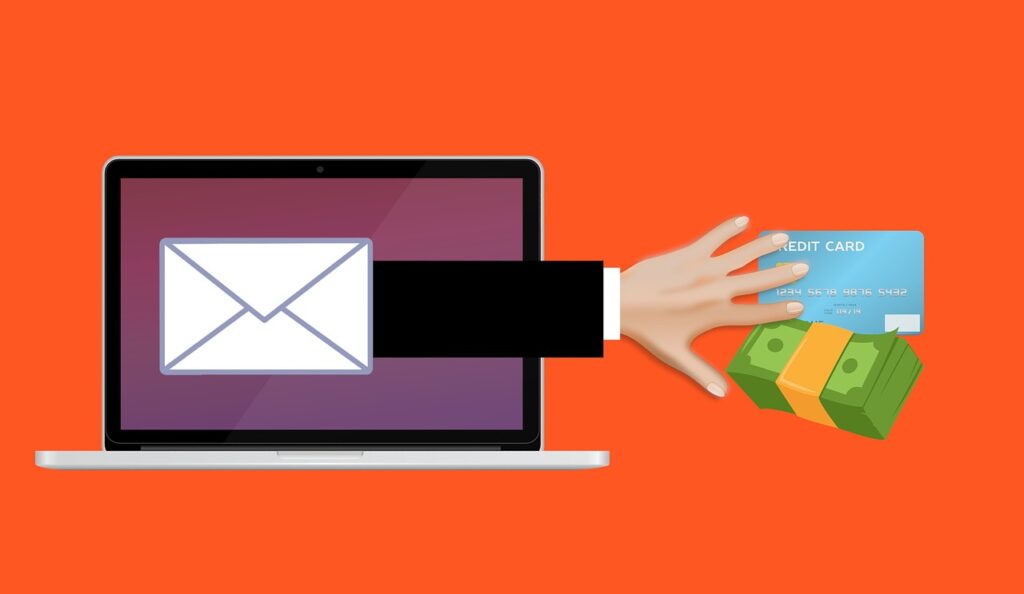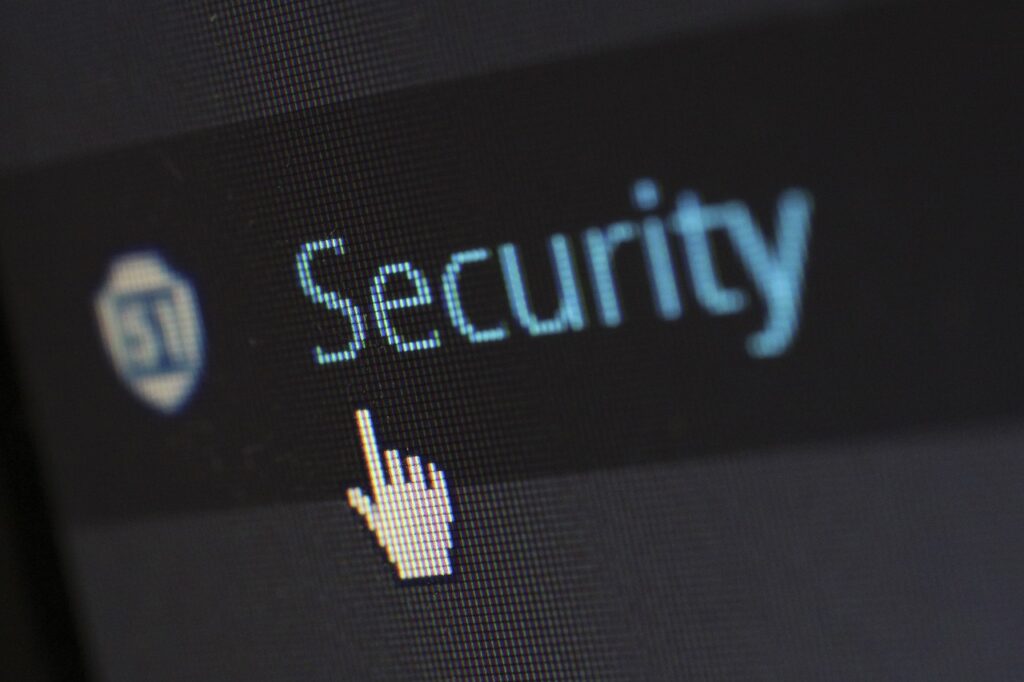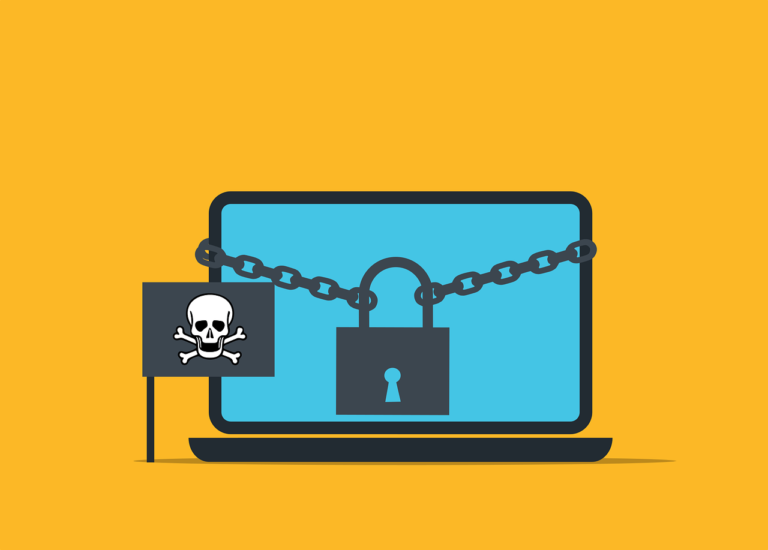WNE Security News
Read about “How To Secure A Work From Home Environment – Cybersecurity” and the most important cybersecurity news to stay up to date with
How To Secure A Work From Home Environment
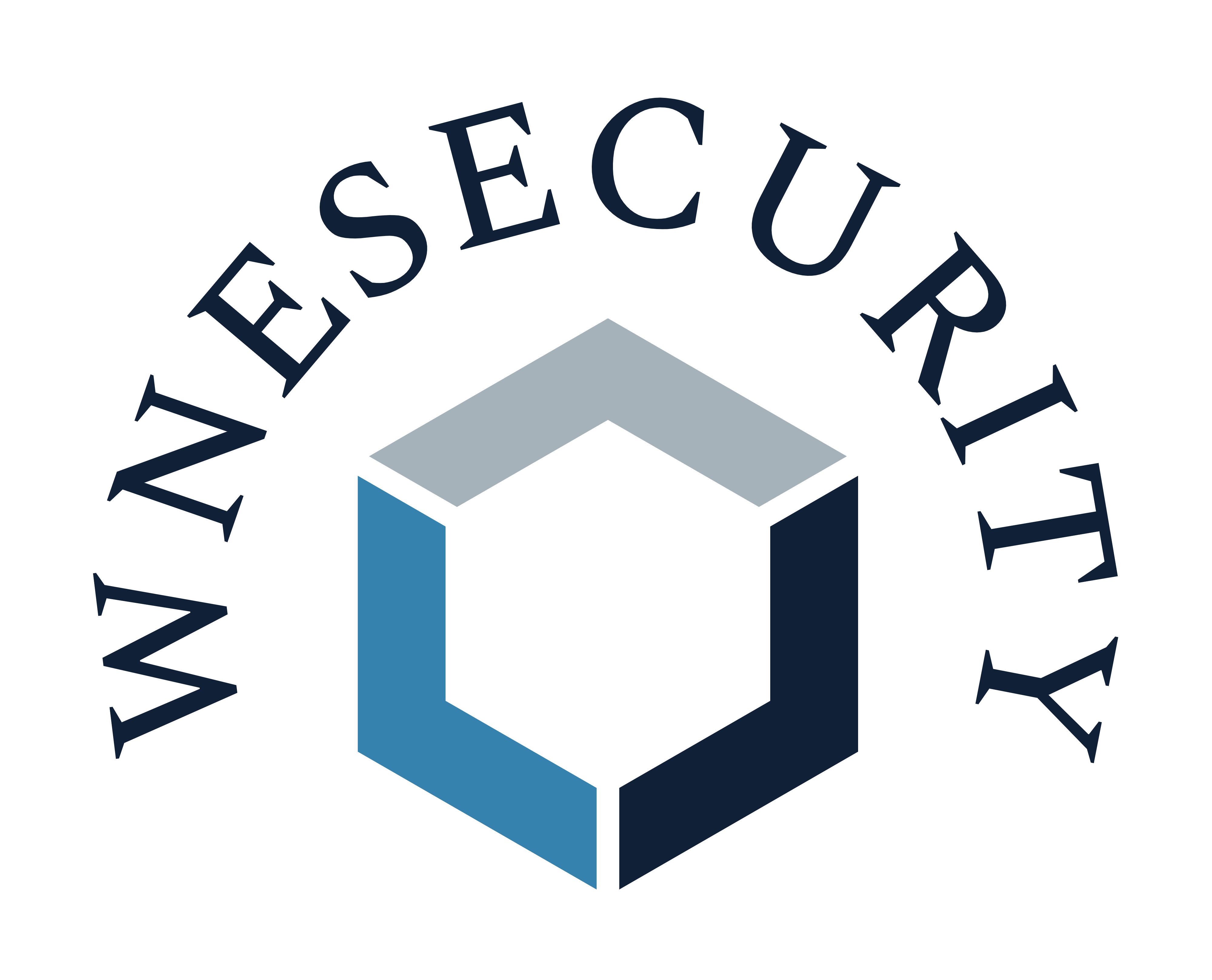
WNE Security Publisher
1/21/2024

Learn “How To Secure A Work From Home Environment – Cybersecurity” and how we can help keep your house cyber safe.
In today’s dynamic business environment, remote work has become an integral part of many organizations. With a significant portion of the U.S. workforce operating remotely, cybersecurity is of paramount importance. Recent insights from the National Security Agency (NSA) and industry experts have provided a roadmap for securing remote workers. Here’s a distilled guide, drawing from multiple sources, to ensure your company’s remote operations remain breach-free with the goal of teaching you “How To Secure A Work From Home Environment”.
Tips On How To Secure A Work From Home Environment
Continuous Cybersecurity Training:
Remote work introduces unique cybersecurity challenges. To address these, it’s essential to provide continuous training to employees. Workers should be familiar with the latest cyber threats and defensive strategies. Regular refreshers ensure they remember to implement safety protocols, like locking devices when idle.
Essential Security Software:
Devices used for remote work must be equipped with cutting-edge security software. This software should offer protection against an array of threats including viruses, malware, and phishing attempts. Consistent software updates are crucial. They patch vulnerabilities and ensure devices are shielded from emerging threats.
Routers: The Silent Watchguards:
For optimal security, choose personal routers over those supplied by ISPs. Older routers, especially those over five years old, may have vulnerabilities; replace them. Keeping router firmware updated helps prevent cyber attacks. Setting strong passwords is also a critical step in bolstering security.
Embrace VPNs:
VPNs are crucial tools for remote work. They provide a secure bridge between remote workers and company databases. By masking IP addresses and encrypting data transfers, VPNs ensure sensitive data remains confidential. Employing VPNs can significantly lower the risk of data breaches.
Draw Boundaries for Work Devices:
Work devices should be reserved for work tasks only. By limiting access and ensuring devices aren’t used for personal tasks, security risks reduce. Keeping devices out of children’s reach is essential. Set clear rules about device usage, ensuring work data remains confidential.
Tread Carefully with Smart Devices:
Smart devices can pose inadvertent threats. Devices like Amazon’s Alexa or Google Nest might unintentionally record sensitive conversations. To ensure security, either disable these devices during work hours or relocate them to a different room.
Encryption: The Ultimate Shield:
Encryption is a cybersecurity cornerstone. Encrypted data remains unreadable even if intercepted. All company devices should have encryption enabled. This vital security layer makes it challenging for cybercriminals to access or interpret company information.
Robust Password Management:
Passwords act as the first line of defense against unauthorized access. Implement policies ensuring the creation of complex passwords that combine characters, numbers, and symbols. Employees should change passwords regularly. Using password management tools can streamline this process and boost security.
Multi-Factor Authentication:
MFA enhances security significantly. By demanding verification from multiple sources, it ensures that even if a password is compromised, unauthorized access remains unlikely. Incorporating MFA for critical company portals and data access points is a prudent decision.
Regular Backups:
Cyber threats like ransomware can cripple operations. Regular data backups are an antidote. By storing backup data in secure locations, businesses can swiftly recover from attacks. This proactive approach minimizes downtime and data loss.
Vigilance Against Phishing:
Phishing remains a prevalent threat. Continuous training helps employees identify and sidestep phishing attempts. Highlighting the dangers of unknown email links and encouraging double-checking sender details can prevent breaches.
Secure Home Wi-Fi Networks:
Home networks are often less secure than corporate ones. Employees must prioritize Wi-Fi security. This involves setting strong passwords and keeping firmware updated. A secure home network is less susceptible to outside threats.
Limit Data Access:
Data should be treated as a valuable asset. Restricting data access to only those who require it for their roles, a principle known as the “least privilege”, enhances security. Such segmentation means that even if a breach occurs, exposure is limited.
Software Updates:
Software vulnerabilities can be a gateway for cyber threats. Regular updates close these gateways. Ensure that all software, from operating systems to tiny apps, undergoes frequent updates. This habit fortifies the digital environment against potential exploits.
As the remote work trend shows no signs of slowing down, it’s crucial for companies to be proactive about cybersecurity. Adopting these practices, informed by experts and the NSA, will ensure that your company’s data and remote workforce remain secure in an ever-evolving digital landscape.
To learn more about how to stay cyber safe, visit https://wnesecurity.com/ and get all of the assistance you need.
Learn more about WNE Security products and services that can help keep you cyber safe.
Learn “How To Secure A Work From Home Environment – Cybersecurity” and how we can help keep your house cyber safe.
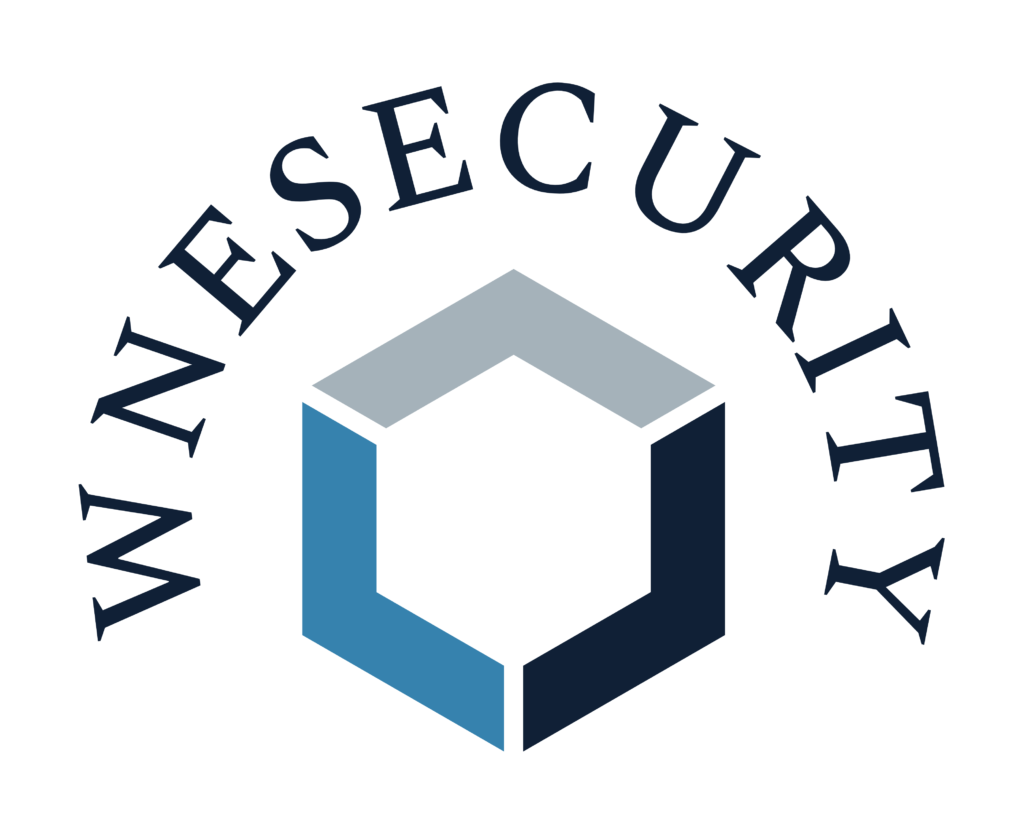
Stay updated with WNE Security’s news section for the latest in cybersecurity trends, threats, and protection measures.

